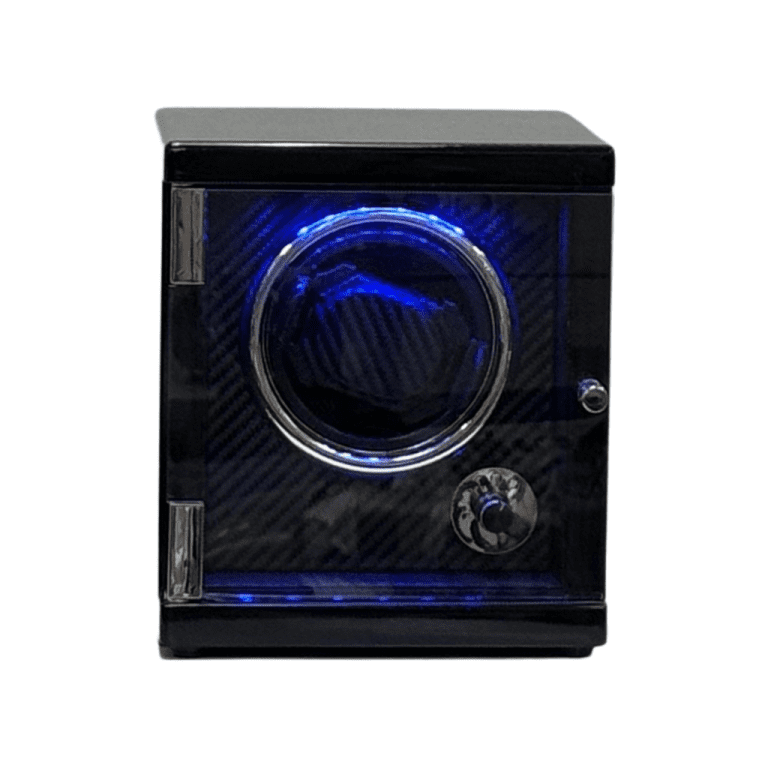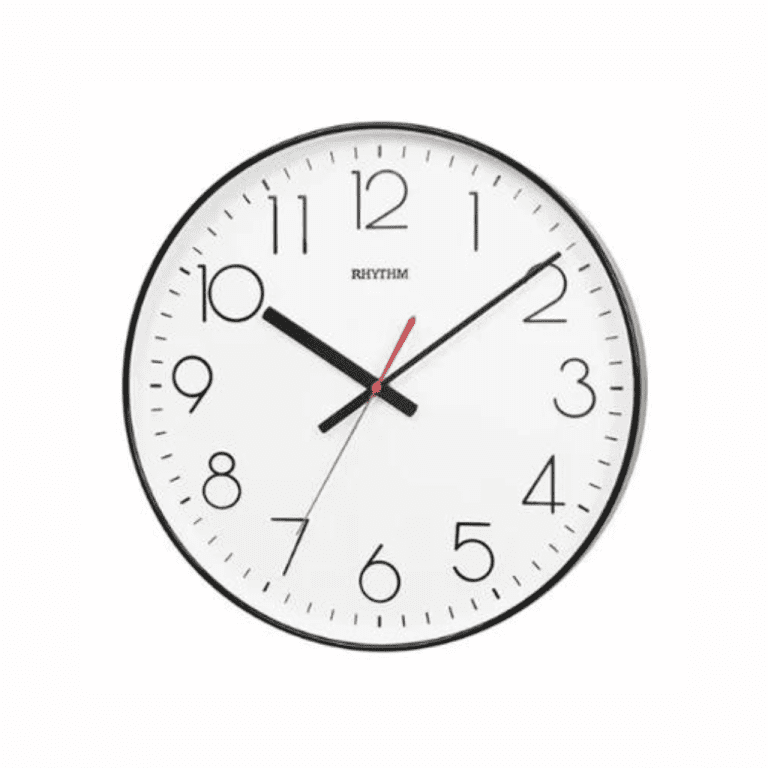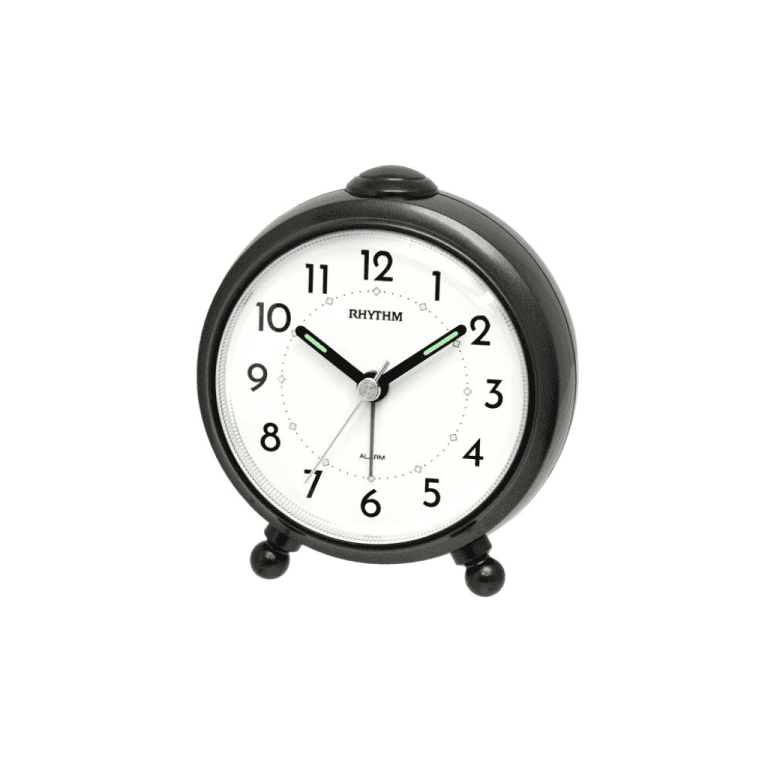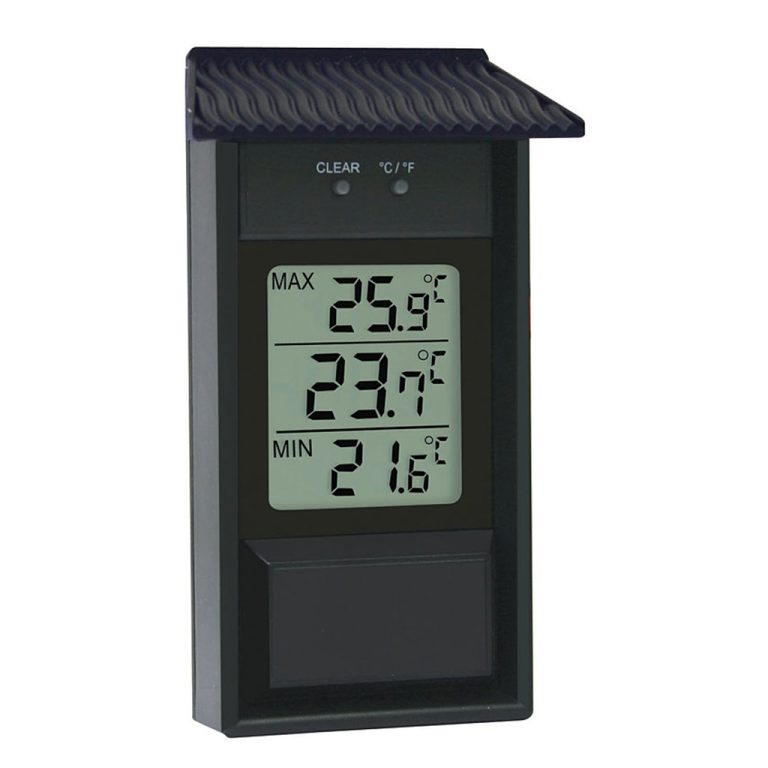In today’s digital age, where time is displayed everywhere from smartphones to microwave ovens, teaching kids how to read an analog clock might seem unnecessary. However, understanding how to tell time on a traditional clock has numerous benefits for children. It not only helps them develop essential life skills but also enhances their cognitive abilities and promotes a deeper understanding of the concept of time. In this blog, we will explore why teaching kids how to read the clock is crucial and provide some practical tips to make the learning process engaging and enjoyable.
Learning how to read the clock is a fundamental life skill that children will use throughout their lives. From catching the school bus to managing their own schedules as they grow older, being able to tell time accurately is essential for daily life. By teaching kids to read the clock, we empower them to take responsibility for their time management and encourage independence.
Mastering the clock helps children develop crucial cognitive skills. Reading an analog clock requires mental calculations, as they need to understand the relationship between the hour and minute hands. This process enhances their problem-solving abilities, spatial reasoning, and critical thinking skills. By engaging with the clock, children exercise their brain and develop a deeper understanding of mathematical concepts such as fractions and patterns.
Learning to read the clock helps children grasp the abstract concept of time. As they become familiar with the clock’s hands and numbers, they begin to understand the passage of time in a tangible way. This understanding lays the foundation for comprehending concepts like hours, minutes, days, weeks, and months. It also aids in organizing daily routines and developing a sense of structure and discipline.
Analog clocks teach children patience and discipline. Unlike digital clocks, which instantly display the exact time, analog clocks require observation and mental effort to determine the time accurately. By engaging with analog clocks, children learn to wait, observe, and practice patience. They understand that time is not something instantaneously available but rather a process that requires attention and effort.
Practical Tips for Teaching Kids How to Read the Clock:
Start with the basics: Begin by teaching children to identify the hour and minute hands and the numbers on the clock face.
Use visual aids: Utilize interactive clock toys, charts, or flashcards to make learning visually engaging.
Break it down: Start by teaching the concept of hours and gradually introduce minutes and their corresponding values.
Practice regularly: Encourage children to practice reading the clock in everyday situations, such as setting an alarm or predicting mealtimes.
Make it fun: Incorporate games, quizzes, and activities to make the learning process enjoyable. For example, play “What’s the time, Mr. Fox?” or create a clock-themed scavenger hunt.
Teaching kids how to read the clock is a valuable skill with long-lasting benefits. By mastering the analog clock, children develop fundamental life skills, enhance their cognitive abilities, and gain a deeper understanding of the concept of time. As parents and educators, let’s invest time and effort in teaching children this timeless skill, empowering them to become responsible and well-rounded individuals equipped for success in the digital age and beyond.
Credited to:https://family-scl.com/














